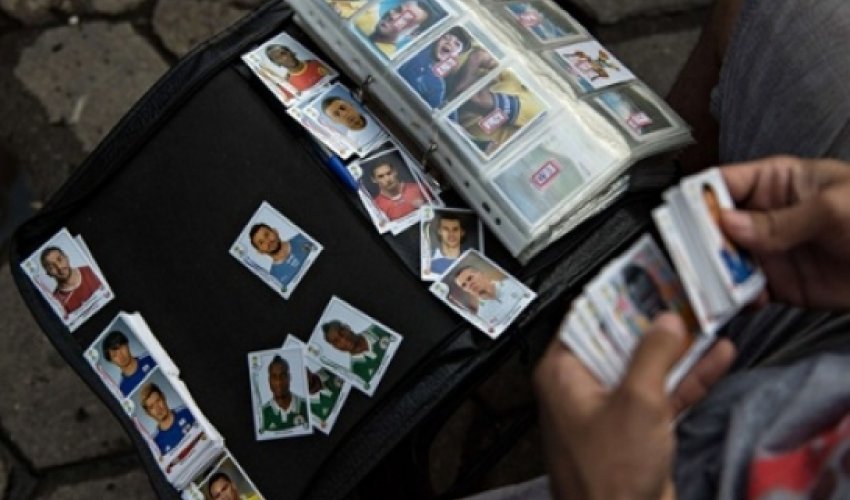World Cup birthday paradox: footballers born on the same day

We can prove the result using probability, but I won’t do that here since it is done very well in many places on the web. (And, since you’re asking, there’s a full explanation in my book Alex’s Adventures in Numberland).To be clear: the maths says that the chances of a shared birthday in a group of 23 people is 50.7%. Just over half.The result is surprising because 23 is an awfully small group when the total number of possible birthdays is 365.One of the many wonderful things about a World Cup is that it gives us a fantastic data set in which to test the birthday paradox.Each nation has a squad of 23 players, and there are 32 nations. We would expect a shared birthday in 50.7% of the squads, which works out at about 16 of the teams taking part.But, in fact, 19 teams have a shared birthday – about 60% of the total.They are Brazil (Hulk, Paulinho, both born 25 July), as well as Algeria, Argentina, Australia, Bosnia, Cameroon, Chile, Colombia, France, Germany, Iran, Holland, Honduras, Nigeria, Russia, South Korea, Spain, Switzerland and the USA.(Argentina, Iran, Nigeria, South Korea and Switzerland have two pairs of shared birthdays each.)Why is it the case that 60% of teams have a shared birthday, 10% more than we would expect?It could be luck. Maybe if we took a group of 23 players from every country in the world, we would get closer to the expected percentage of 50.7.Yet I doubt it. We can see patterns in the data that help to explain why we get so many teams with shared birthdays: the distribution of footballers’ birthdays is not uniform throughout the year.Footballers are more likely to be born at the beginning of the year than at the end. If an equal number of players are born each month, then each month should have, on average, 61 birthdays.But the total number of birthdays are January 72, February 79, March 64, April 63, May 73, June 61, July 54, August 57, September 65, October 52, November 46, December 47.The first five months of the year are all above average, and five of the last six are below average.There is only one day in January, and one day in February when there are no birthdays, but there are eight birthdayless dates in November and eight in December.February, the shortest month, has the most birthdays, and the days of the year with most birthdays – 7 – all fall in this month: seven players were born on each of February 5, 13 and 14.One explanation for the skewed spread of birthdays is that sportsmen are more likely to be born just after the school cut-off date, since they will be the biggest children in their school years and dominate sports lessons.If this argument is correct, then it would appear that the school cut-off date in most of the countries at the World Cup is 1 January.(Although England then proves a counterexample. The cut-off date is 1 September, and the most popular months for England team birthdays are May, August and December).Whatever the reasons for the distribution of birthdays, the fact that it is not uniform means that there is less randomness in when a birthday may fall and hence the chance of a shared birthday goes up.(theguardian.com)Bakudaily.az
Latest news 
More news 



































 Photo
Photo 



 Video
Video 

